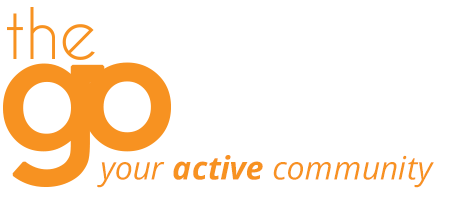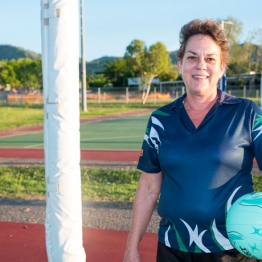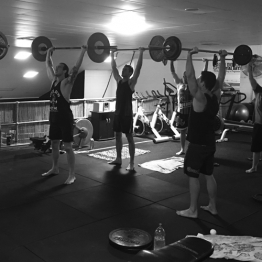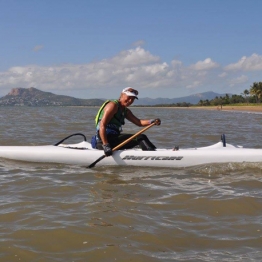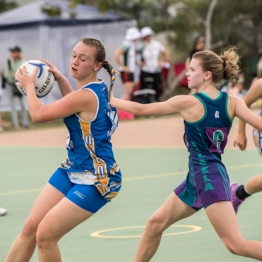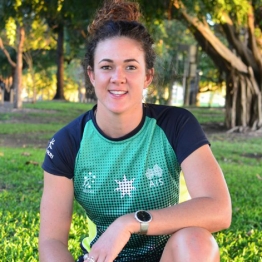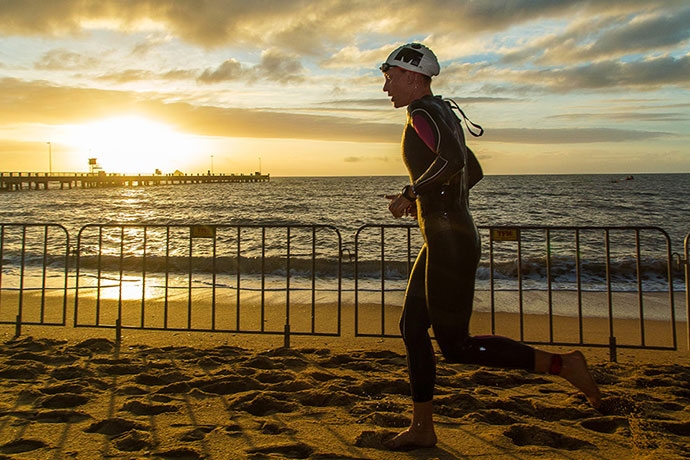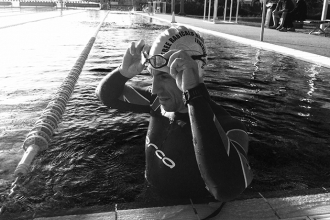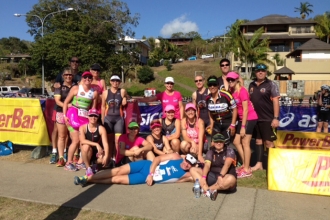As an Accredited Practicing Sports Dietitian who looks after the North Queensland Cowboys and does triathlon events herself, Alpha Omega Health’s Caitlin Braddick gives an insight into what to consider nutritionally before, during and after the race. This article specifically targets triathlon, but the principles can be applied to other types of competitive sport.
The key to successful race day fuelling is trialling different foods and fluids throughout training and applying these to your race day strategy. Race day is time to implement the tried and tested methods: The day before, or of, your race isn’t the time to introduce a new product, no matter how beneficial it might claim to be!
“The most important take-home message is that there is no ‘one size fits all’ approach to nutrition, especially race day nutrition”
There are many nutritional elements to consider in triathlon – sodium losses, caffeine, food packaging, flavour fatigue, gut upset, food transport, carbohydrate ratios, aid stations and toilet breaks, but today we are focusing on pre-event, during the competition and immediately post-event nutritional strategies.
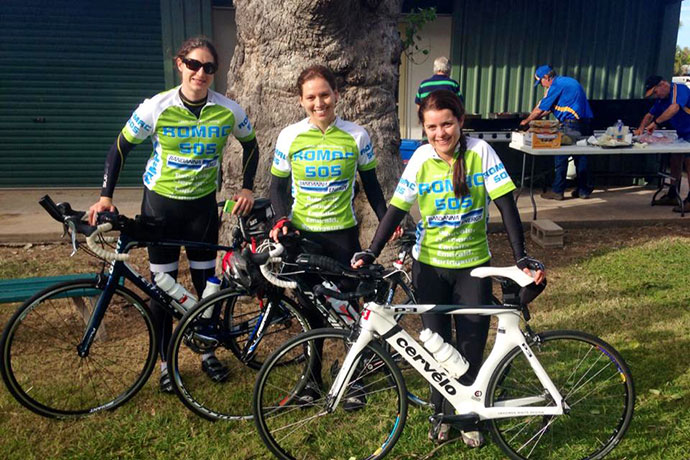
Caitlin (middle) at the ROMAC 505 in 2014. This 24-hour 505km charity ride is organised by Rotary in Emerald and raises for money for Rotary oceanic medical aid for children.
Pre-event
The goal of the pre-event meal is to top up your liver glycogen (fuel) stores. As most triathlons are an early start, the pre-event meal should be consumed at least two hours clear of the start and include 1-2 grams of carbohydrate per kilogram of body weight. This is an intimidating prospect for many athletes who suffer from pre-race anxiety and gut upset, or for high bodyweight athletes.
Here are some approaches I take in assisting athletes find their ideal pre-event meal:
- Explore food preferences and what foods they like and feel would sit well in their gut.
- Trial foods they normally have for breakfast or before training, adjusting portions and condiments.
- Consider the athlete’s lean mass (not total body weight) when prescribing amounts of carbohydrates.
- Forget the carbohydrate calculations! Try to encourage them to have even a small snack – something small is better than nothing at all.
- Sip on fluids (water) throughout breakfast and up to the race start. Sports drinks are a good idea for longer races, on very hot days or for athletes who struggle to consume food.
- To best minimise any unpredictable symptoms, trial your race-day meal in the weeks before the event on training days.
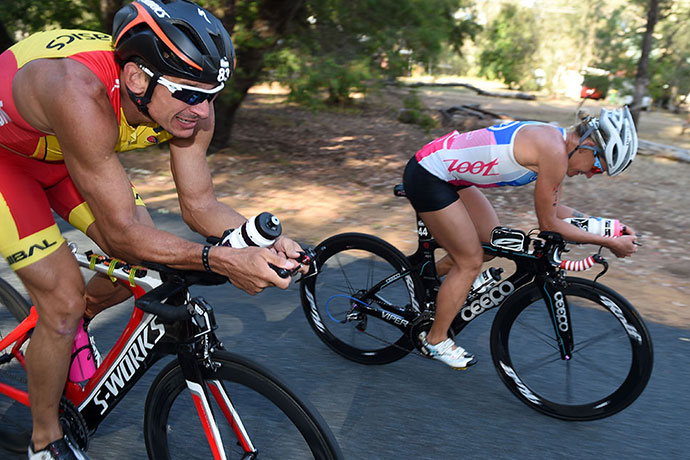
Photo credit: Ironman.
During competition
Sports Dietitians Australia suggests that during standard (Classic) distance triathlon racing, athletes should aim to consume between 30-60g of carbohydrate each hour. This can be achieved through a combination of sports drinks, gels and solid forms of carbohydrate, e.g. sports bars or muesli bars. Some Sprint distance athletes can also benefit from including carbohydrates, but for the shorter duration events, such as Enticer, athletes can use their bodies’ existing fuel stores.
Water should be readily available across all events. Liquid (sports drinks) and gel forms of carbohydrate offer a practical solution to consuming carbohydrate during racing and are readily available in supermarkets. Gels contain 20-30grams of carbohydrates and come in a variety of flavours and textures. Keeping a water bottle with sports drink and another with just water will help top up fluid and glycogen stores.
At no point should you drink more fluid than your sweat losses during exercise. In longer triathlon events, this can happen, typically for slower athletes competing in cool conditions.
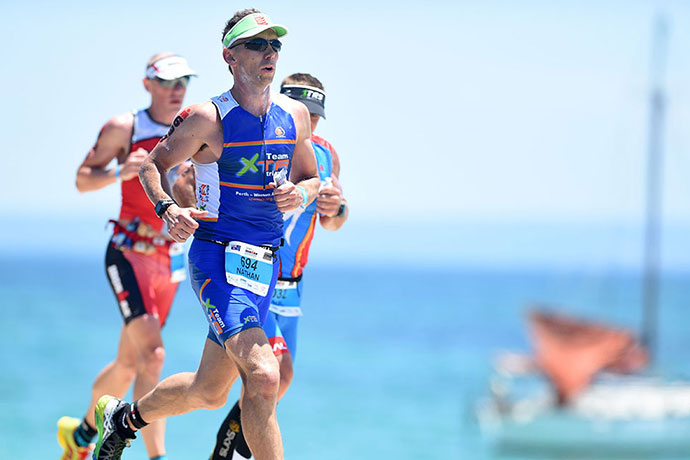
Photo credit: Ironman
Recovery
The priorities after finishing are:
- Replace lost fluid (through sweat and heavy breathing).
- Replenish muscle glycogen stores (carbohydrate).
- Assist muscle repair (protein).
Race organisers usually tick off fluid and muscle glycogen replenishment by offering sports drinks, water and fruit available at the finish line. Sometimes what’s on offer may not suit your preferences or you might feel unwell upon finishing, so planning ahead and having your supporters ready to greet you with a snack will assist the recovery process. Snacks such as flavoured milk, a meat and cheese sandwich and yoghurt with fruit are good sources of carbohydrate and protein that will tide you over until your more substantial recovery meal.
An example of a race day strategy for a standard (Classic) distance event*:
* Please note this plan is just a guide and everyone’s requirements will be different.
5am – 2 x pieces white toast + jam/honey
7am – Race start
T1 – 1x gel (30g) in transition out of swim
Bike – 1 x gel (30g), 300mL sports drink (18g), 7 x Glucojel jellybeans (20g)
Run – 1 x gel (30g)
Finish – 300mL sports drink, half banana, and watermelon in recovery tent
+1hr after finish – Chocolate milk and chicken and salad sandwich
The most important take-home message is that there is no ‘one size fits all’ approach to nutrition, especially race day nutrition. You will read what works for different people in triathlon forums and magazines and even chat about it with your fellow triathletes on the bike: Take their advice on board but determine what works for you.
Most importantly, if you have unanswered questions or are struggling with your nutrition, consult an Accredited Practicing Dietitian to help you on your way.
Get involved
Alpha Omega Health has an Open Day on Saturday, June 20. Among other free classes, there will be a performance nutrition introductory session from 12-1pm. This informal session will explore commercial products and ‘real food’ sports foods, include athlete case studies and offer plenty of opportunity for discussion and sharing experiences and information. For more information and to book see here: https://thegotownsville.com.au/event/performance-nutrition-introductory-session/
If you have missed this session and would like some advice, please contact Caitlin directly via alphaomegahealth.com.au.
See here for more free and low-cost events you can try as part of the Triathlon and Multisport Series.
